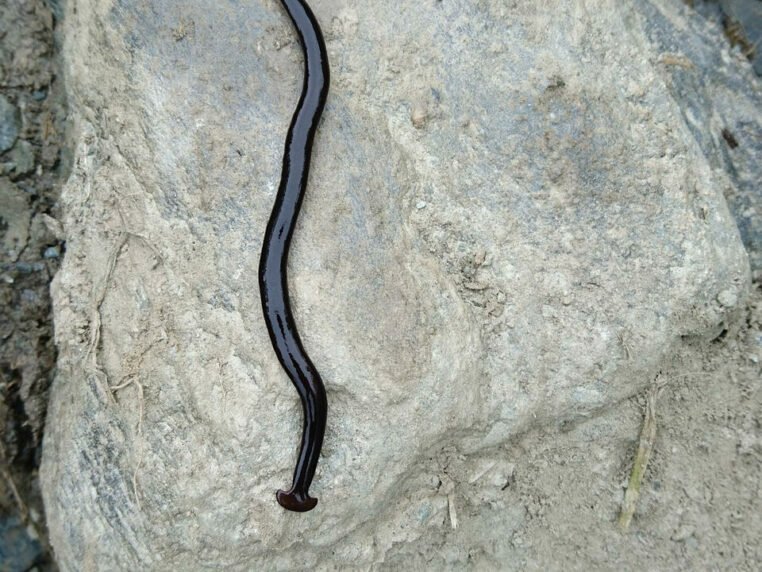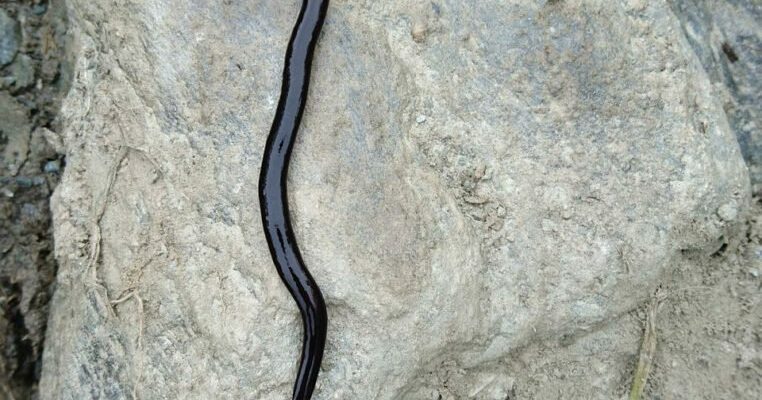
When it comes to removing hammerhead worms, it’s important to take a thoughtful approach. You wouldn’t want to use harsh chemicals or methods that disrupt your garden’s ecosystem. So, here’s the thing: we’re going to explore some straightforward and humane techniques to deal with these invasive pests. Grab a cup of coffee, and let’s dive in!
What Are Hammerhead Worms?
Before we get into the removal techniques, it’s good to understand what exactly hammerhead worms are. These worms belong to the family Amorphous and are typically found in tropical regions. They’re known for their flat, T-shaped heads and can grow anywhere from 5 to 15 inches long! Honestly, the sight of one can be quite startling if you’re not familiar with them.
Hammerhead worms are often mistaken for harmless earthworms, but they are far from it. They’re voracious predators that primarily feed on earthworms. Their presence isn’t just an annoyance; it can disrupt the balance of your garden’s ecosystem. So understanding what makes them tick is crucial when thinking about removal.
You might be wondering how these pests spread. They can hitch a ride on plants, soil, or even get carried by animals. Once they’re in your garden, they can multiply quickly, making it essential to deal with them as soon as you spot them.
Why Remove Hammerhead Worms?
Now, let’s discuss why it’s important to address the hammerhead worm issue. Sure, they might look interesting at first glance, but having them in your garden can lead to significant problems. Here are a few key reasons to consider their removal:
- Destruction of Soil Health: Hammerhead worms primarily eat earthworms, which are crucial for soil health. Earthworms help aerate the soil and contribute to nutrient cycling. Without them, your garden might struggle to thrive.
- Rapid Reproduction: These worms can reproduce quickly, which means that leaving one or two in your garden can lead to a population explosion. The sooner you act, the better your garden’s chances of recovery.
- Potential Spread: If left unchecked, hammerhead worms can spread to neighboring gardens or natural areas, affecting ecosystems beyond just your own yard.
By understanding the importance of their removal, you’ll be more motivated to use safe and effective techniques to manage their presence.
Identifying Hammerhead Worms
Before you can remove hammerhead worms from your garden, it’s crucial to correctly identify them. Their unique appearance is a giveaway, but let’s break it down a bit more:
- Color: They often have a brown or gray body with light spots and a distinctive hammer-shaped head.
- Movement: Hammerhead worms move in a wave-like motion, which is different from the typical slither of earthworms.
- Length: As mentioned earlier, they can grow quite long, between 5 to 15 inches! If you see a long, flat worm with a hammer-shaped head, it’s likely one of them.
Once you’re confident you’ve identified a hammerhead worm, you can feel empowered to take the next steps.
Safe Removal Techniques
When it comes to safely removing hammerhead worms, there are several methods you can try. Each method has its pros and cons, and knowing your options will help you choose the best one for your situation.
1. Hand Removal
One of the simplest methods is hand removal. But don’t just grab them with your bare hands; that’s not ideal since they can secrete a toxic substance. Instead, here’s how to do it:
- Wear gloves to protect your hands from any irritation.
- Using a trowel or a spade, carefully dig around the worm.
- Lift the worm gently out of the ground and place it in a sealed container.
You might be thinking, “Why not just toss it somewhere else?” Well, relocating them might just drop them into another garden. Instead, it’s better to humanely dispose of them by placing them in a sealed bag and putting them in the trash.
2. Natural Deterrents
If you’re looking for a more preventative approach, consider using natural deterrents. Certain substances can make your garden less appealing to these pests. Here are a few ideas:
- Citrus Peels: Hammerhead worms tend to dislike the smell of citrus. Placing orange or lemon peels around your garden might help keep them at bay.
- Salt: Sprinkling salt can dehydrate and deter them, but be cautious! Too much salt can harm your soil and plants.
Using these natural deterrents won’t eliminate the worms, but they can help keep your garden more resistant to their invasion.
3. Boiling Water
Another effective removal technique is using boiling water. While it’s simple, it’s crucial to use this method carefully:
- Bring a pot of water to a rolling boil.
- Once boiling, pour the water directly onto the areas where you see the worms.
- This method will kill the worms instantly, but it may also harm nearby plants, so use it sparingly.
Boiling water is a quick fix, but it should be seen as a last resort for tougher infestations.
After Removal Care
Once you’ve successfully removed the hammerhead worms, it’s essential to care for your garden. Here are some post-removal tips:
- Monitor Regularly: Keep an eye on your garden for any signs of returning hammerhead worms. Regular check-ups can help you catch any new arrivals early.
- Boost Soil Health: Consider adding organic matter or compost to improve the overall health of your soil. Healthy soil is less attractive to pests.
- Encourage Beneficial Wildlife: Attract birds or other natural predators to your garden. They can help manage other pest populations, creating a balanced ecosystem.
By giving your garden some extra love, you can help ensure it thrives without the interference of hammerhead worms or other pests.
Final Thoughts
Dealing with hammerhead worms might seem daunting, but with safe removal techniques in hand, you can protect your garden without causing harm. Whether you choose hand removal, natural deterrents, or boiling water, each method has its place in your gardening toolkit. Remember, the key is to act quickly and carefully.
Taking the time to understand these creatures and how to manage them can make a significant difference in the health of your garden. So, keep your eyes peeled, and don’t let those hammerhead worms squirm their way into your gardening paradise. Your plants will thank you!

